Why Characters in Costume Dramas Sleep in Their Clothes?

I wonder if anyone has noticed this rather strange fact. In some previous dramas, characters who were imprisoned were always shown wearing plain – colored undergarments made from Hanfu materials and having their hair half down. In the TV drama Empresses in the Palace, the sleeping gowns inspired by Hanfu of the ladies were also beautifully diverse. However, why is it that in many current ancient costume dramas, such as Till the End of the Moon, the characters don’t change their clothes at all when they go to bed? They even keep their hair ornaments on. The next day, they just wipe their mouths and start a new day. This is really odd and makes people feel that something is off. Didn’t the ancient people have their own “sleepwear” in the form of Hanfu?
I. The Underclothes of the Ancient People
The ancient people definitely had their own sleepwear. In ancient times, sleepwear was also known as “xieyi (亵衣)”. According to Shuowen Jiezi, it states that “xie means private clothing”. In some places, it is actually incorrect to equate xieyi with undergarments like chest wrappers or bellybands. Xieyi should be the clothing that is worn close to the body, and it is worn over the undergarments.
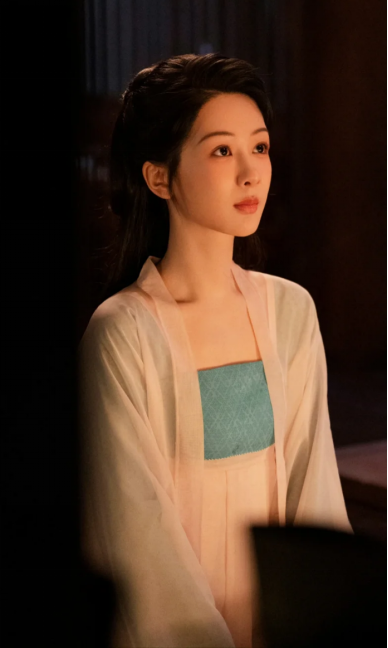
Shiming·Shiyifu (Explanation of Names·Explanation of Clothing) states, “The zhongyi (middle clothing) means that it is worn outside the small undergarments and inside the outer garments.” In ancient times, zhongyi was also called “zhongyi”, and “zhong” here implies the meaning of being inner and close to the body. Shuowen·Yibu (Explanation of Characters·Clothing Section) explains, “Zhong refers the same meaning as inner underclothes.” A Tang Dynasty scholar noted, “Xieyi is the clothing that is worn directly next to the body.” So, it can be simply concluded that zhongyi is equivalent to xieyi.
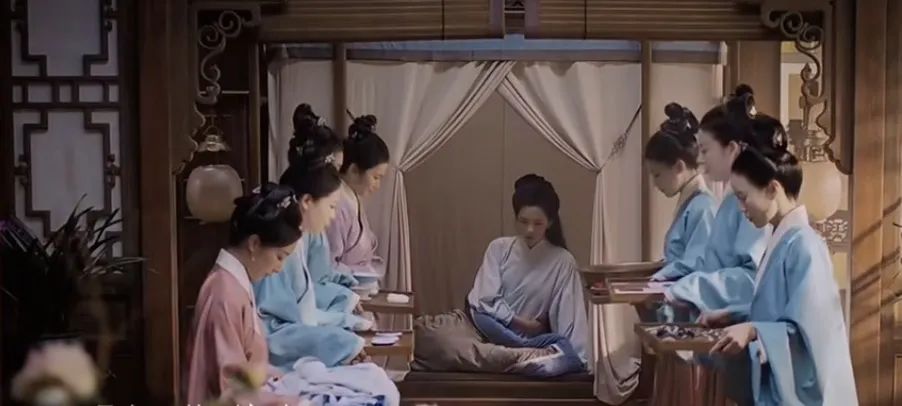
The most common types are plain-colored zhongyi with a cross-collar and zhongku (middle trousers). The cross-collar is the most common collar style for zhongyi. Next are the front-buttoned style and the round collar. When wearing the front-buttoned style, the chest wrapper will be exposed. It seems that the style of sleepwear hasn’t changed much throughout different dynasties. It just makes adjustments according to the popular styles of each dynasty. And the color is mostly white. Firstly, this color matches well with many other clothes, and it can also be worn as an inner layer under outer garments in daily life. Secondly, if this kind of close-fitting hanfu is white, it is easy to tell when it gets dirty, which makes it convenient for cleaning and maintenance.
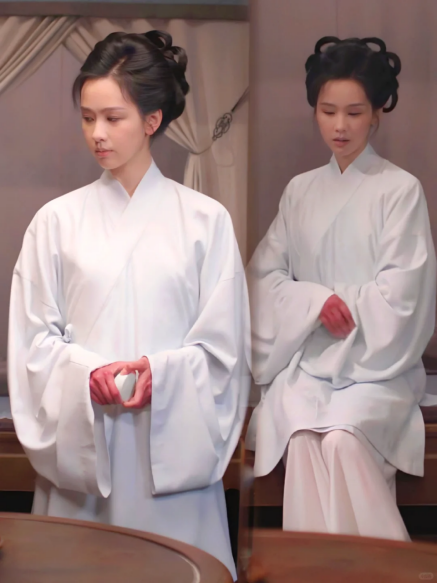
This kind of zhongyi comes in long-sleeved, short-sleeved, and sleeveless versions depending on the season, so people don’t have to worry about getting heat rashes due to the summer heat. The way Jing Tian dressed in the TV drama Si Jin is probably a way for women to wear sleepwear when they are in the inner quarters of a house. Generally speaking, when going out, those who wear sleeveless or short-sleeved zhongyi still need to put on long-sleeved clothes inside.
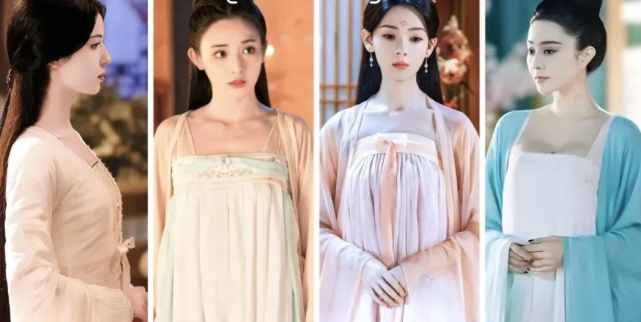
Moreover, both men and women usually wore trousers on their lower bodies. Since women also wore trousers under their outer skirts, trousers were a common base layer in ancient times. There were already crotch-sealed trousers as early as the Warring States period and the Han Dynasty. When seeing some ancient costume dramas where characters wear skirts even when sleeping, in accordance with normal logic, they should still be wearing a pair of trousers underneath, which can be said to be a bit cumbersome.
As for those who wear large-sleeved robe when sleeping, it can only be said that apart from looking elegant and being unnoticed while sleeping, they really don’t mind the trouble… These are just for the sake of the visual effects of the TV drama and movies, so it’s just fine to take a look at them.

II. Fabrics and Hair Styling
In terms of fabric, most of the fabrics in ancient times were natural, so they were all comfortable and breathable. People of certain status and wealth would use silk, while ordinary families would use materials like cotton and linen. The choice of fabric would be based on the popular and commonly used materials of the respective dynasties.

What’s quite interesting is that although ancient people would definitely change into their sleepwear, they didn’t necessarily let down their hair. Some netizens have questioned whether ancient people really slept with their hair up in a bun.
Well, they actually did. Because styling one’s hair into a bun was really a complicated process, some girls would specifically use hard pillows and maintain a certain sleeping posture. Moreover, they would place the pillow under their necks to ensure that their hairstyles wouldn’t get messy easily, so that they could just tidy it up a bit the next day and still use the same hairstyle. So, they didn’t always let their hair down when sleeping. After all, for many girls who loved beauty, undoing the hair that they had painstakingly styled and then spending half a day the next day to comb and restyle it was truly a luxury!
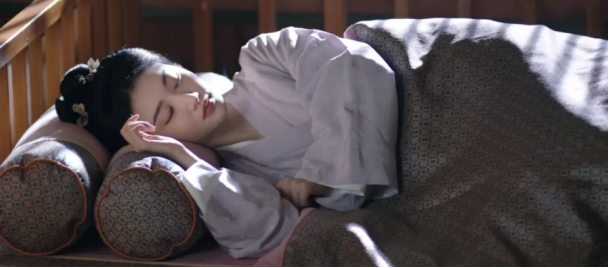
Summary
Why is it that in many traditional Chinese clothing dramas, a lot of money is spent on the costumes, makeup, and props, yet such an important aspect as sleeping is dealt with so perfunctorily? Maybe the investment money was mostly used for publicity and promotion. Audiences are not easily deceived. Even modern people know that they should change into pajamas or take off their outer clothes when going to bed.
In those delicate and refined ancient times, however, the things that shouldn’t have been saved on were actually omitted. With so much effort put into piling up the “refinement” of costumes, makeup, and props, it’s surprising that there are such flaws in some details. Perhaps having sufficient details that conform to normal logic is a better way to show refinement than the current situation.
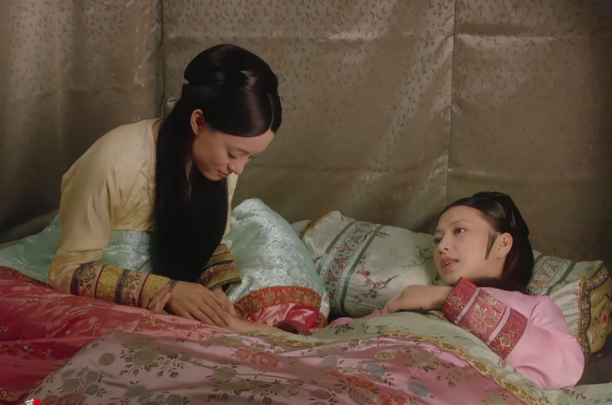
What’s more, it might be acceptable to deceive Chinese audiences a bit, but it’s really ridiculous to mislead a large number of foreign audiences. According to the summaries of netizens, the costumes, makeup, and props in the two TV dramas Empresses in the Palace and The Story of Minglan didn’t treat the audiences as fools.
As time has passed, it turns out that some ancient costume historical dramas with Hanfu, which were produced earlier, have received high ratings. Some current dramas, being like industrial products on an assembly line, are ultimately too commercial.
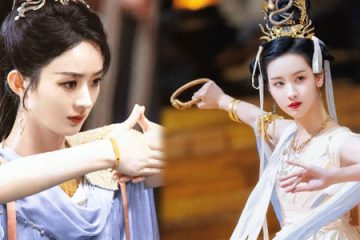
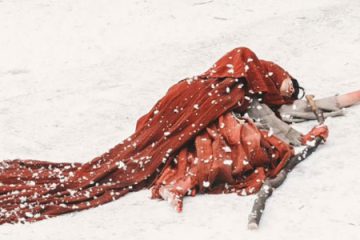
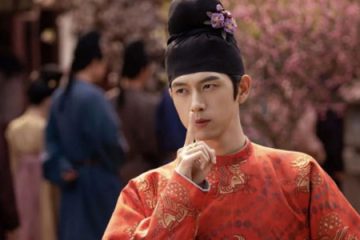
0 Comments